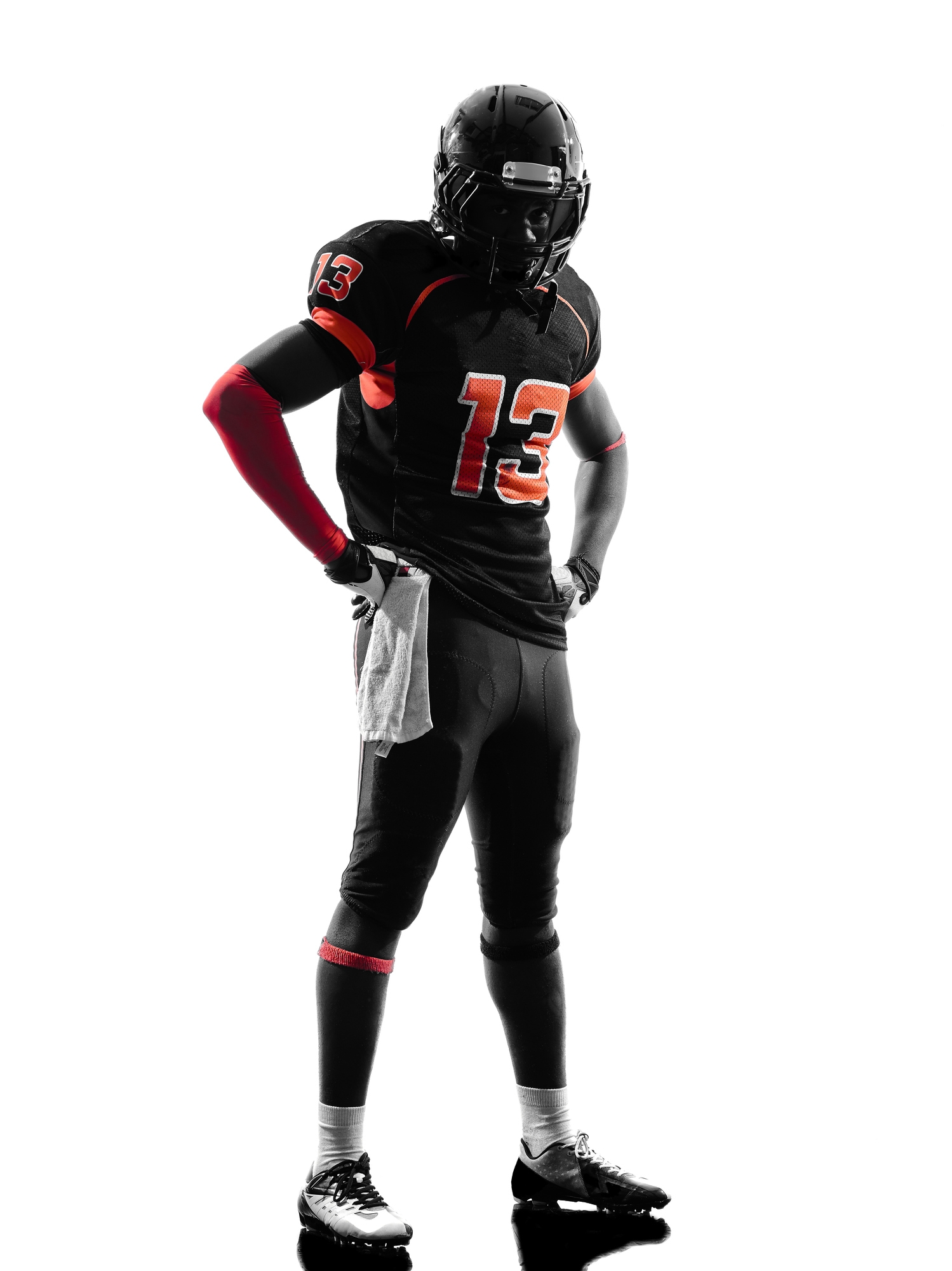How Sports Became a $15 Billion Industry
Imagine a summer evening in a quiet South Jersey neighborhood, with the metallic pings of a bat echoing from Joey's practice session in the cul-de-sac. His private hitting coach, charging $100 an hour, tells him to adjust his stance. Joey's used to this level of training: this session follows a one-on-one fielding lesson in Philly that cost another $100.
This intense training is essential for a top player who plays for elite teams in Texas and California, thousands of miles from home. Joey’s talents, like his quick reflexes and ability to tweak his stance—lowering a shoulder or turning a hip—make scouts take notice. “He’s got real swagger,” says Dan Hennigan, Joey’s hitting coach and a former minor leaguer. “If he keeps putting in the work, he’s going to be a really solid player at a high level.”
Joey Baseball: The Making of a Mini-Celebrity
Already, Joey has a catchy nickname—Joey Baseball—and over 24,000 Instagram followers. Brands are lining up for him to promote their gear. On a rare family vacation in Florida, a young fan even asked for his autograph. Joey, only 10 years old, hasn’t learned cursive yet, so they settled for a photo instead.
Joey is an extreme example of a new reality for young athletes and their families in America. Across the country, kids of all skill levels are being swept into a youth sports economy that mirrors the pros at increasingly early ages. Local Little Leagues and town soccer associations, once the backbone of community sports, have lost their appeal. Little League participation, for instance, has dropped 20% since its peak in the early 2000s. They've been replaced by private club teams, ranging from professional development academies to regional squads run by part-time coaches.
The Cost of Chasing Dreams
For parents, the cost is steep. Some families spend over 10% of their income on fees, travel, camps, and equipment. Joe Erace, who owns a salon and spas in New Jersey and Pennsylvania, says Joey’s budding baseball career has cost over $30,000. Another parent from upstate New York spent $20,000 in a year on his daughter’s volleyball team, often driving 2.5 hours for practice. Meanwhile, a mom from Missouri made seven-hour round trips for her sons' basketball practice. Some families even send their kids away to improve their skills, like an Ottawa family who sent their 13-year-old to New Jersey for more ice time.
“It’s definitely taken over everything,” says Magali Sanchez, a legal records clerk from San Diego. Her kids, Melanie and Xzavier, play travel soccer. To cover fees, her husband Carlos, a gas station attendant, works 12-hour shifts at tournaments. Practices and tournaments dominate their schedule, often making them miss family events. “This sports lifestyle is crazy,” she says. “But they’re your kids. You do anything for them.”
The Business of Youth Sports
Private businesses are capitalizing on this parental dedication. The U.S. youth sports economy—including travel, private coaching, and apps that organize leagues and livestream games—has grown into a $15.3 billion market. According to WinterGreen Research, the market has grown by 55% since 2010. This growth has attracted investors, including top NBA stars and NFL team owners. Cities that once sought minor-league teams are now issuing bonds for youth sports complexes, hoping to boost local economies.
While some kids thrive in this competitive environment, and top players get unparalleled coaching and training, there are downsides. Intense early specialization increases the risk of injury, burnout, and depression. Fees and travel costs are pricing out lower-income families, and kids who don't show early talent are often discouraged from participating in organized sports.
The Reality of Youth Sports
The professionalization of youth sports has major implications for small towns, big businesses, and millions of families. Joey Baseball, for instance, plays for a top team in Texas and has even more star players from across the country. His coach, Lale Esquivel, who won the College World Series in 1999, runs his team like a pro outfit, bringing in top talent to ensure success. “If I’m going to be investing all this time and money, we might as well win,” he says.
Yet, despite the high-pressure tournaments and extensive travel, there are moments of perspective. Joe Erace, Joey’s dad, sometimes reminds himself that Joey is still just a kid who believes in Santa Claus. It’s a reminder that amidst the intensity, it's essential to keep a sense of balance and remember the simple joys of childhood.

